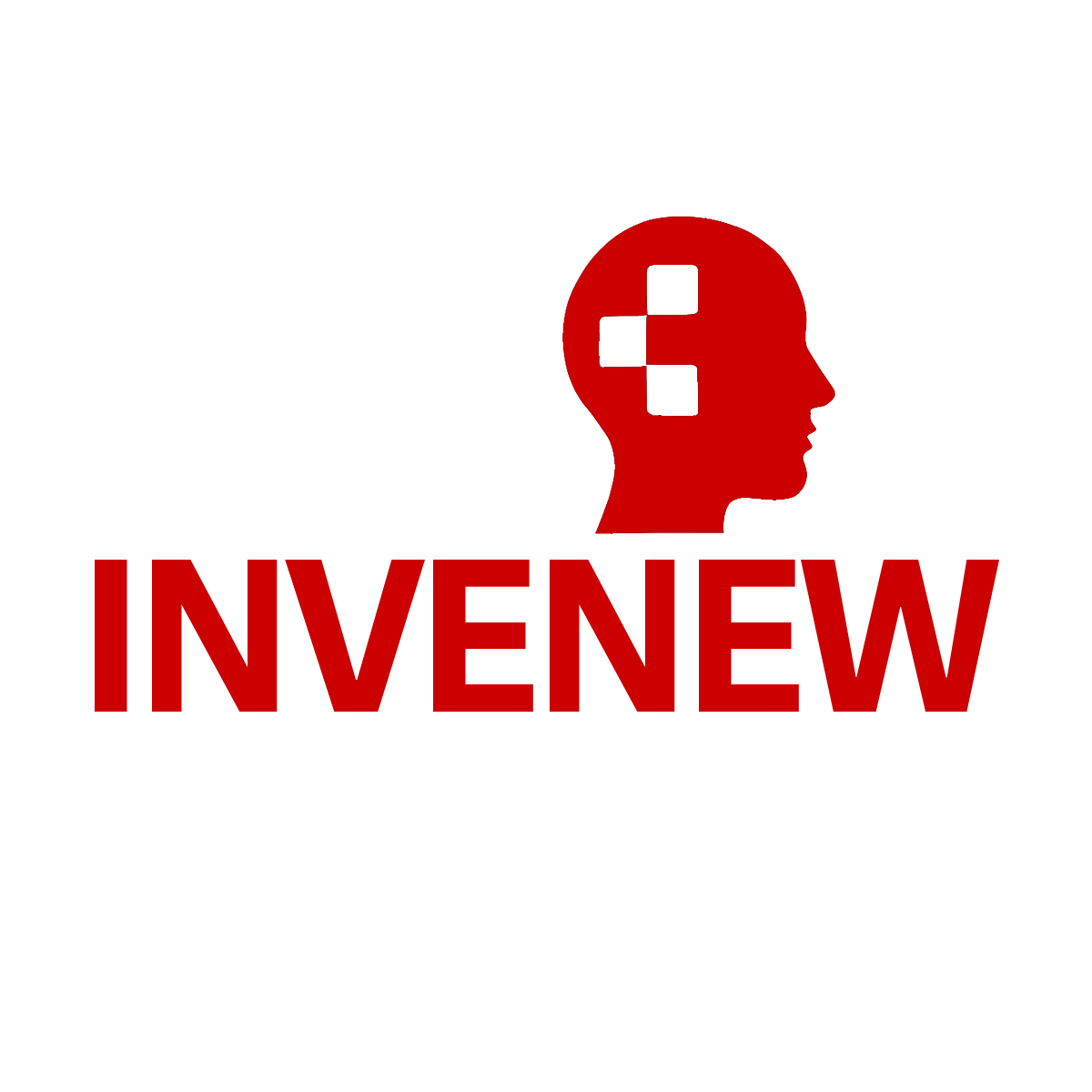AI workers are emerging as a significant leap forward in how technology and human work come together. The idea of machines mimicking human work seemed more like a fantasy till only a few years ago. But, thanks to rapid progress in technology, especially in areas like artificial intelligence and machine learning, what was once just a dream is now real. Nowadays, AI workers are much more than simple tools; they are partners in the workplace, fundamentally changing how we think about and achieve productivity and efficiency.
Characteristics of AI Workers: A Blend of Technology and Human-Like Attributes
AI workers are distinguished by a unique blend of technological prowess and human-like characteristics. This fusion is the result of years of research and development in AI, aiming to create systems that not only mimic human intelligence but also enhance it. Their defining characteristics include:
- Cognitive Abilities: Mirroring human cognition, AI workers can process information, solve problems, and make decisions based on data analysis and learning.
- Adaptive Learning: The cornerstone of AI workers is their ability to learn from data and experiences, adapting to new tasks and environments seamlessly. This adaptability stems from advanced machine learning algorithms, which allow AI systems to evolve and improve over time.
- Operational Efficiency: AI workers excel in handling large volumes of tasks with precision and speed, surpassing human capabilities in terms of data processing and analysis. This efficiency is a product of their ability to rapidly compute and execute tasks without fatigue or error.
- Consistency and Reliability: AI workers offer a level of consistency in performance that is challenging for human workers to match, especially in repetitive and routine tasks. This reliability is crucial in industries where precision and accuracy are paramount.
- Scalability and Flexibility: Unlike human labor, AI workers can be scaled up or down according to demand, offering unparalleled flexibility in workforce management.
The Genesis of AI Workers: From Concept to Reality
The creation of AI workers is a narrative of technological evolution. It involves several stages, each building upon the last:
- Conceptualization and Design: The journey begins with conceptualizing the AI worker’s role, followed by designing algorithms that suit the intended purpose.
- Data Acquisition and Preparation: AI workers rely heavily on data. This stage involves gathering relevant data, which serves as the foundation for the AI worker’s learning process.
- Training and Development: Through machine learning techniques, AI workers are trained using the collected data. This process equips them with the necessary knowledge and skills to perform their designated tasks.
- Testing and Refinement: Rigorous testing ensures that AI workers operate as intended, with continuous refinement enhancing their capabilities and performance.
- Deployment and Integration: The final stage involves deploying AI workers into their respective fields, where they integrate with existing systems and begin their operational life.
Management of AI Workers: Harnessing Digital Efficiency
The management of AI workers involves unique strategies and tools, distinct from traditional human workforce management. This process is crucial for maximizing the efficiency and effectiveness of AI systems in various operational environments. Key aspects include:
- Integration with Human Teams: Successful management of AI workers involves their seamless integration with human teams, ensuring collaboration and synergy between human and artificial intelligence.
- Workflow Optimization: AI workers are often deployed to optimize workflows, automating routine tasks to free up human workers for more complex and creative endeavors.
- Continuous Improvement and Upgrades: AI systems require regular updates and improvements to maintain their efficiency and to adapt to evolving business needs and technological advancements.
- Ethical and Legal Considerations: Managing AI workers also involves navigating the ethical and legal implications of AI deployment, such as privacy concerns and decision accountability.
Monitoring AI Workers: Ensuring Performance and Compliance
Monitoring AI workers is essential to ensure they perform as intended and adhere to ethical standards. This oversight involves several layers:
- Performance Monitoring: Tracking the efficiency, accuracy, and output of AI workers to ensure they meet or exceed expected performance metrics.
- Ethical Oversight: Implementing measures to prevent biases in AI decision-making and ensuring AI workers operate within ethical boundaries.
- Compliance with Regulations: Ensuring that AI operations comply with legal standards, particularly in areas like data privacy and consumer protection.
- Security Measures: Protecting AI systems from cyber threats and ensuring the integrity and confidentiality of the data they process.
AI Workers vs. Human Performance: A Comparative Analysis
The comparison between AI workers and human employees is complex, as each excels in different areas:
- Strengths of AI Workers: AI workers shine in tasks that involve large-scale data analysis, repetitive processes, and environments requiring high precision and speed.
- Human Advantages: Humans bring creativity, emotional intelligence, and the ability to navigate complex social interactions, areas where AI currently lags.
- Complementary Roles: In many scenarios, AI workers and humans work best in tandem, with AI handling data-driven tasks and humans focusing on creative and interpersonal aspects.
- Potential for AI to Surpass Human Performance: In specific tasks, particularly those involving data processing and pattern recognition, AI workers have the potential to surpass human performance. However, in tasks requiring holistic understanding, empathy, and creative problem-solving, humans remain unmatched.
Technical Architecture and Building Process of AI Workers
The technical architecture of AI workers is a complex mosaic of various technologies and methodologies. This architecture is foundational to their capabilities:
- Core Technologies: At the heart of AI workers lie advanced algorithms in machine learning, natural language processing, and computer vision, enabling them to interpret and interact with the world.
- Data Processing Systems: AI workers rely on robust data processing systems capable of handling vast datasets efficiently and securely.
- Neural Networks: Mimicking human brain functions, neural networks in AI workers allow for sophisticated pattern recognition and decision-making processes.
- Integration Capabilities: AI workers are designed with the flexibility to integrate seamlessly into existing digital infrastructures, enhancing their functionality within various operational environments.
- Scalability and Customization: The architecture allows for scalability and customization, enabling AI workers to adapt to different scales and requirements of tasks.
Human Jobs and the AI Workers’ Potential Replacement
The potential of AI workers to replace certain human jobs is a topic of much discussion. While AI workers bring efficiency and precision, they also pose challenges to the workforce:
- Highly Repetitive Tasks: Jobs involving repetitive, routine tasks are the most susceptible to replacement by AI workers, as these tasks can be automated for efficiency.
- Data-Driven Roles: Roles that primarily involve data processing and analysis are areas where AI can perform with greater speed and accuracy than humans.
- Potential for Job Evolution: The introduction of AI workers necessitates a shift in the workforce, with an increased focus on roles that require human creativity, empathy, and strategic thinking, areas where AI cannot easily replicate human capabilities.
- Reskilling and Upskilling: The displacement of jobs by AI workers underscores the importance of reskilling and upskilling initiatives to prepare the workforce for a more AI-integrated future.
Future Forecast for AI Workers
Looking ahead, the landscape for AI workers is poised for significant growth and transformation:
- Technological Advancements: Continued advancements in AI and machine learning will expand the capabilities and applications of AI workers.
- Increased Integration: AI workers are expected to become more deeply integrated into various sectors, not just in technology-centric industries but also in healthcare, finance, education, and more.
- Ethical and Regulatory Developments: As AI workers become more prevalent, ethical considerations and regulatory frameworks surrounding their use will evolve, shaping the scope and nature of their deployment.
- Collaborative Work Environments: The future may see a more collaborative environment where AI workers and humans complement each other’s strengths, leading to more efficient and innovative workplaces.
Conclusion: Embracing the AI Worker Revolution
As we stand on the brink of a new era in the evolution of the workforce, the emergence of AI workers signifies a transformative shift in how we approach labor, efficiency, and innovation. This article has traversed the landscape of AI workers, from their defining characteristics and creation to their management, monitoring, and potential to augment or replace human jobs.
The journey of AI workers from conceptual models to integral components of our work ecosystem mirrors the rapid advancement of technology and its deepening integration into our daily lives. With abilities ranging from processing vast data sets to performing tasks with unmatched precision and speed, AI workers present both opportunities and challenges.
In the employment space, AI workers have the potential to automate routine and data-intensive tasks, opening new avenues for human workers to engage in more creative and strategic roles. This evolution, however, also brings to the fore the necessity for proactive strategies in workforce development, including reskilling and upskilling initiatives to ensure a smooth transition into this new era of collaboration between human and artificial intelligence.
Looking forward, the landscape for AI workers is rich with possibilities. Technological advancements will continue to enhance their capabilities, making them even more integral to a wide array of industries. Ethical and regulatory considerations will evolve in tandem, ensuring that the deployment of AI workers aligns with societal values and norms.
In conclusion, AI workers represent not just a technological triumph but a catalyst for reimagining the future of work. As we navigate this new terrain, the collaboration between human ingenuity and artificial intelligence promises to unlock unprecedented levels of efficiency, creativity, and innovation. The journey ahead is as exciting as it is uncertain, and embracing this revolution with foresight and adaptability will be key to harnessing its full potential.



